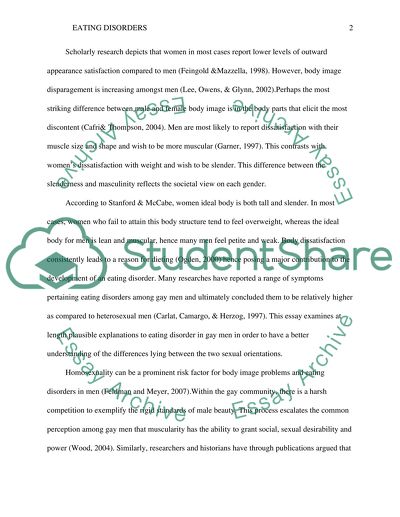Cite this document
(“Plausible explanations why gay men face more risks of developing Essay”, n.d.)
Retrieved from https://studentshare.org/psychology/1591873-plausible-explanations-why-gay-men-face-more-risks-of-developing-eating-disorder-than-straight-men
Retrieved from https://studentshare.org/psychology/1591873-plausible-explanations-why-gay-men-face-more-risks-of-developing-eating-disorder-than-straight-men
(Plausible Explanations Why Gay Men Face More Risks of Developing Essay)
https://studentshare.org/psychology/1591873-plausible-explanations-why-gay-men-face-more-risks-of-developing-eating-disorder-than-straight-men.
https://studentshare.org/psychology/1591873-plausible-explanations-why-gay-men-face-more-risks-of-developing-eating-disorder-than-straight-men.
“Plausible Explanations Why Gay Men Face More Risks of Developing Essay”, n.d. https://studentshare.org/psychology/1591873-plausible-explanations-why-gay-men-face-more-risks-of-developing-eating-disorder-than-straight-men.


